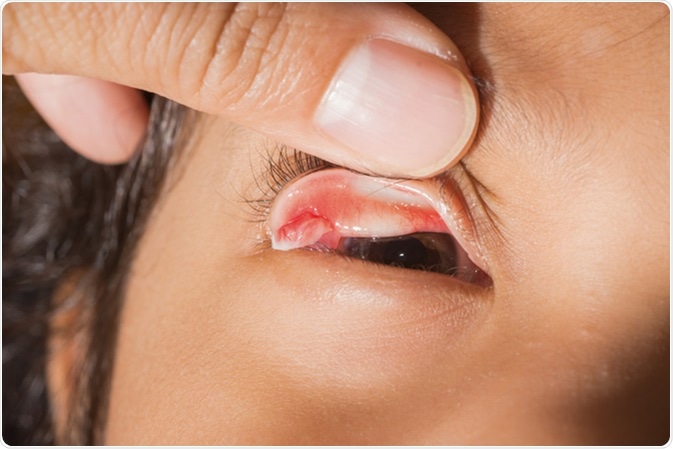Site Under Development, Content Population and SEO, Soft Launch 1st January 2020
A pyogenic granuloma is a vascular growth, also called a lobular capillary hemangioma or granuloma telangiectaticum. The name “hemangiomatous granuloma” has also been suggested. The alternative names were chosen because they reflect the vascular malformation as well as the inflammatory picture presenting within the lesion.
People of all ages are affected by pyogenic granulomas, but those most affected are in their late teens or in their forties. Females are slightly more prone to development of this lesion than males.

The first sign of a pyogenic granuloma is a small shiny soft papule, with a smooth or slightly irregular surface, which is always elevated above the skin. It grows over a few days to reach its largest size, which is typically less than 2 cm. Larger lesions are uncommon but have been known to occur. It then stops enlarging and its diameter remains stationary for several weeks.
Pyogenic granulomas usually arise over the head, neck, or arms. They are commonly sessile, with a broad base attached to the skin, but pedunculated variants are also seen, where the lesions are attached by a stalk. The surface may be either smooth or somewhat bumpy, resembling a raspberry.
The reddish color in the initial stages is due to the presence of small blood vessels. The color may later vary from brownish to bluish-black as bleeding occurs from the lesion.
The most conspicuous symptom is the ready occurrence of bleeding following even insignificant mechanical trauma. This is often a great nuisance, and is the most common indication for its removal. As a result of these repeated bleeding episodes, it may look crusted or even ulcerated. Apart from this, a pyogenic granuloma does not cause any pain or irritation, and does not develop into a malignancy.
In some cases, a single lesion is excised but after a while multiple satellite lesions develop around it. However, this is not an infectious condition and does not spread from person to person.
Pyogenic granulomas in the mouth occur most often in the gingiva, in as many as three of every four cases. It is hypothesized that they may be predisposed to by increased irritation and inflammation of the gums as a result of poor oral hygiene. The other sites are the lip, tongue, cheeks, as well as the hard palate. The frenulum and fold between the gums and the cheeks may also be affected.
Pregnancy seems to be a precipitating factor for pyogenic granuloma formation.